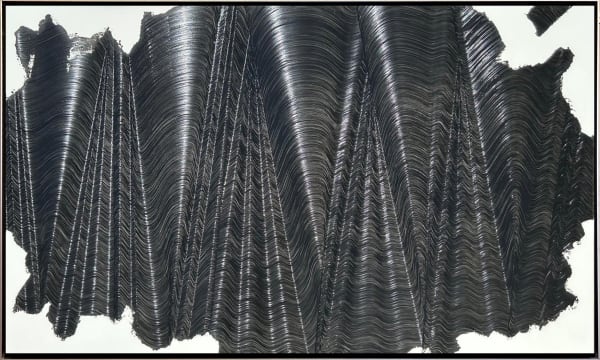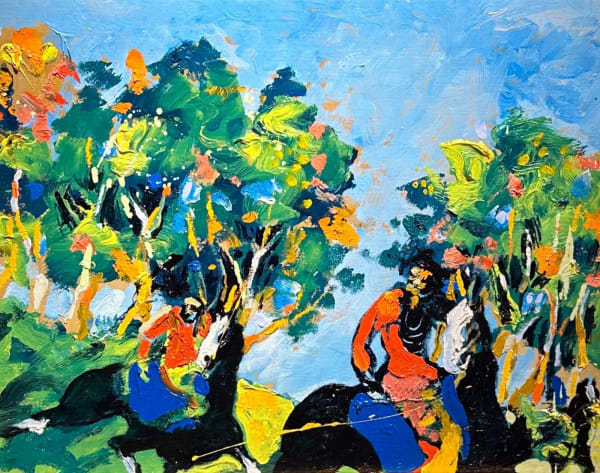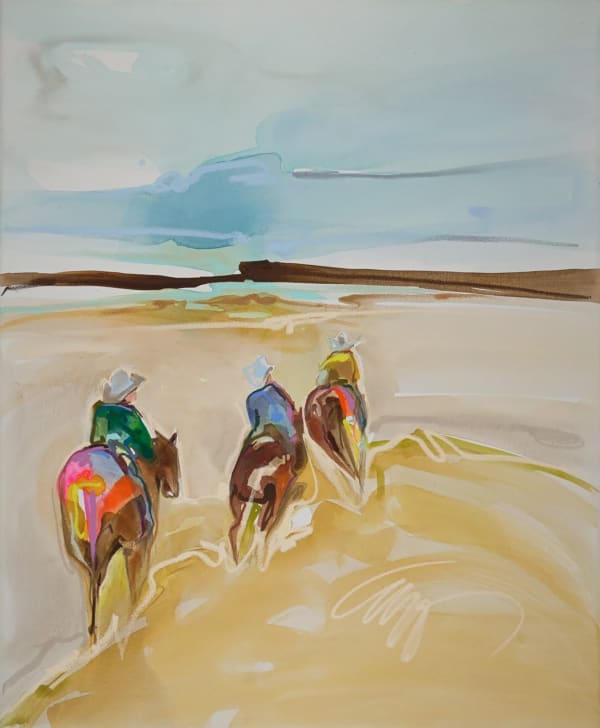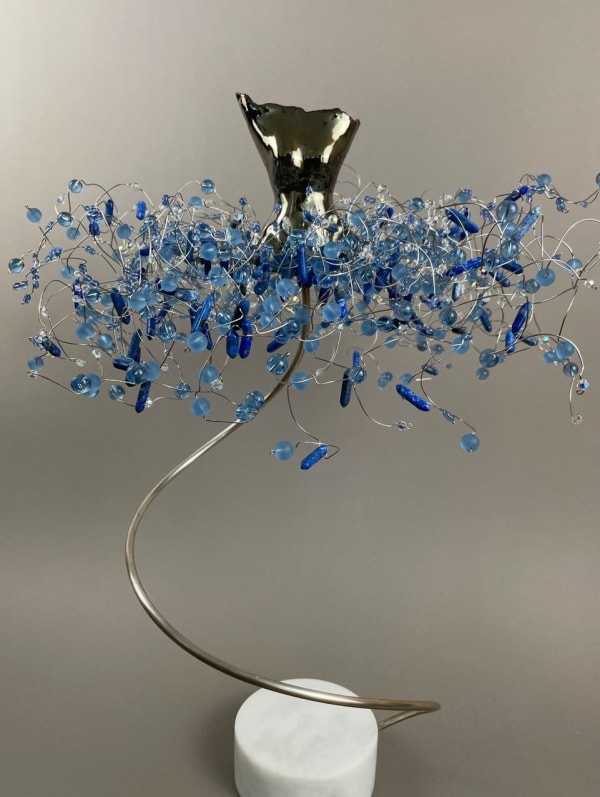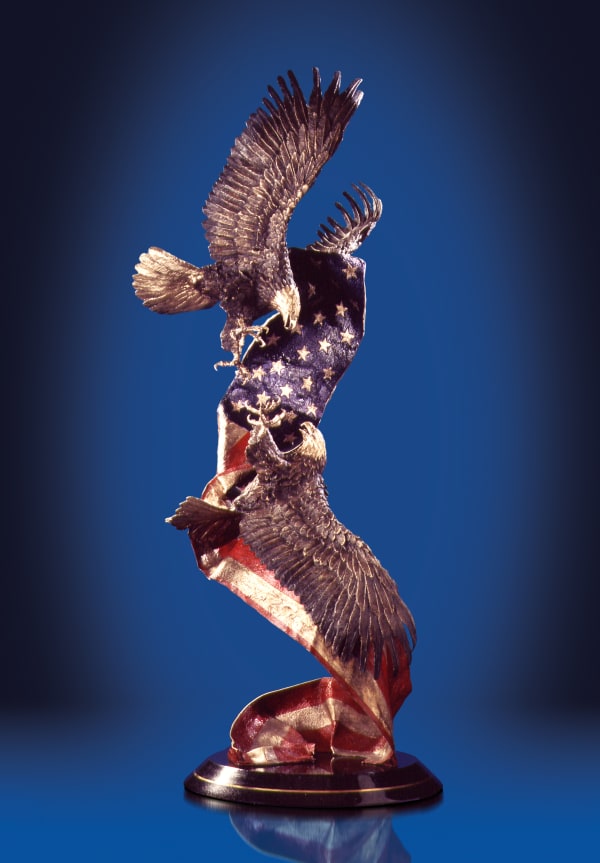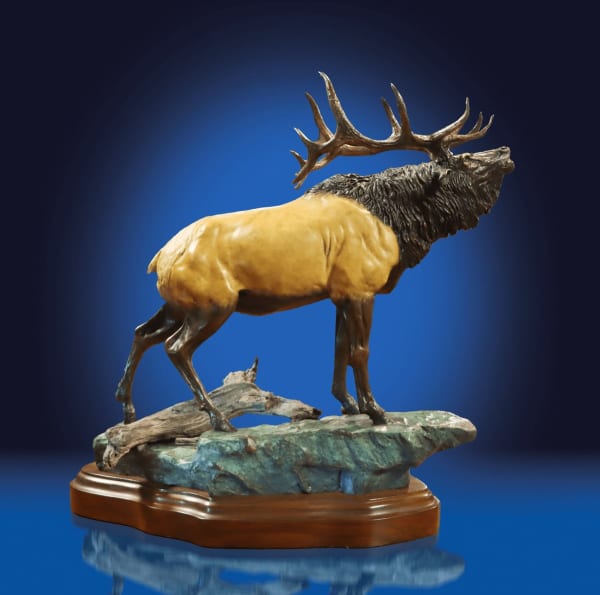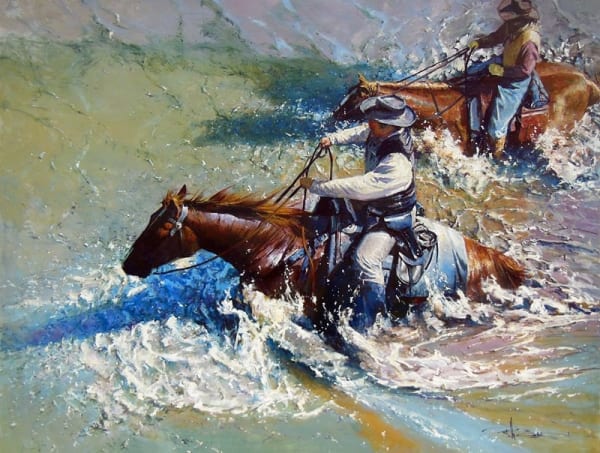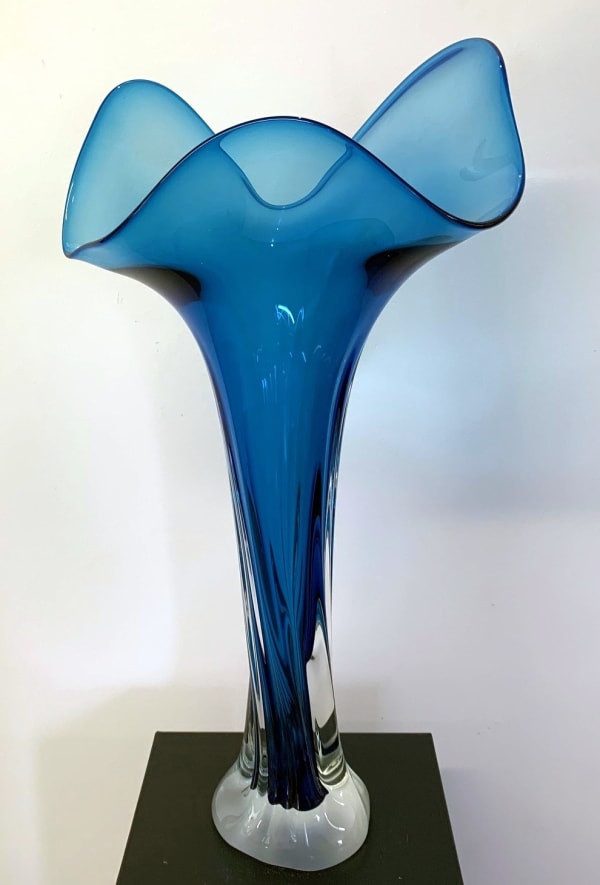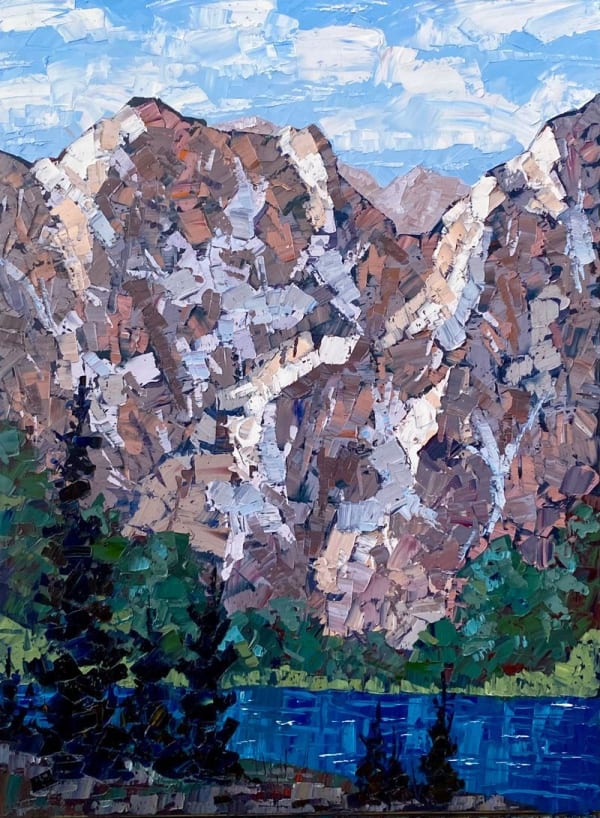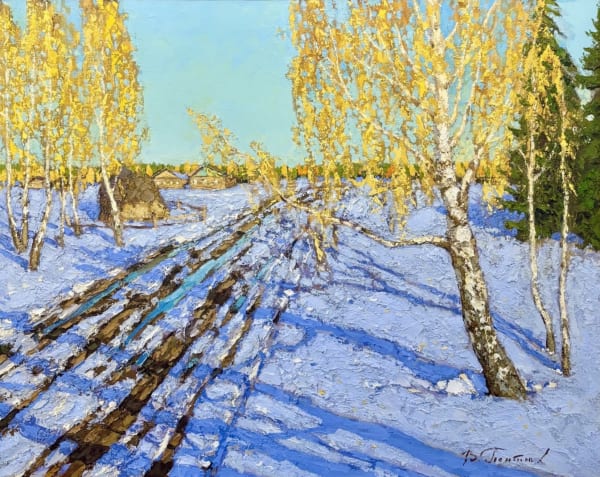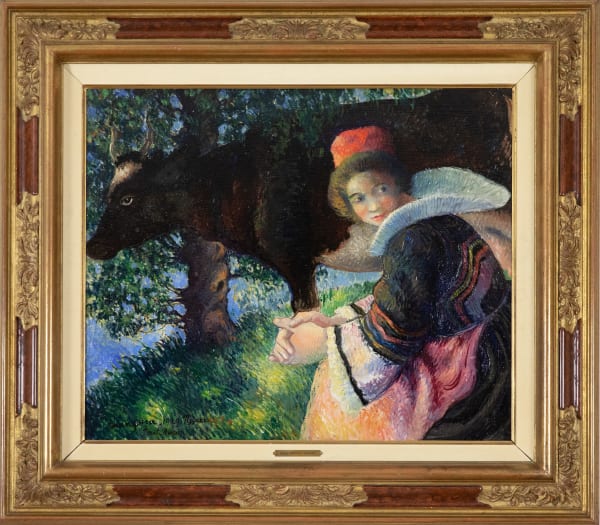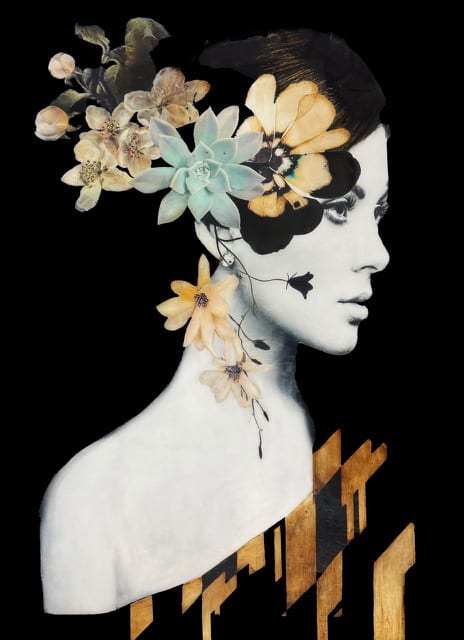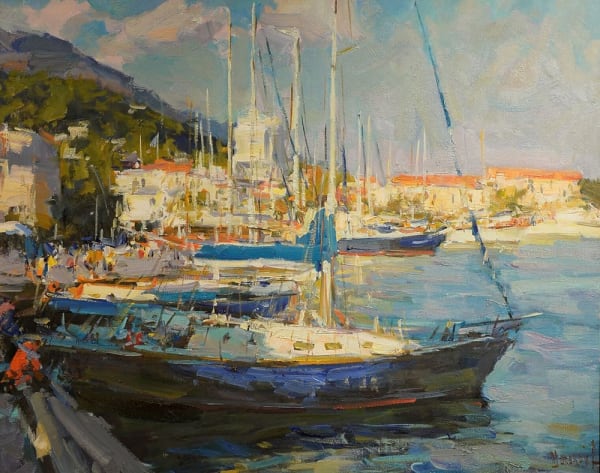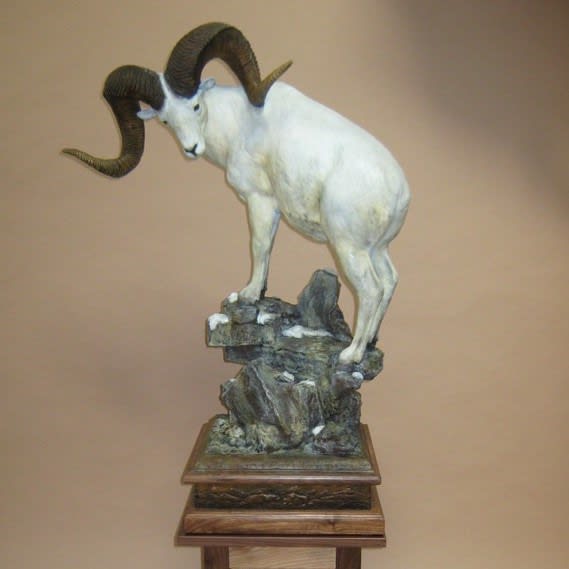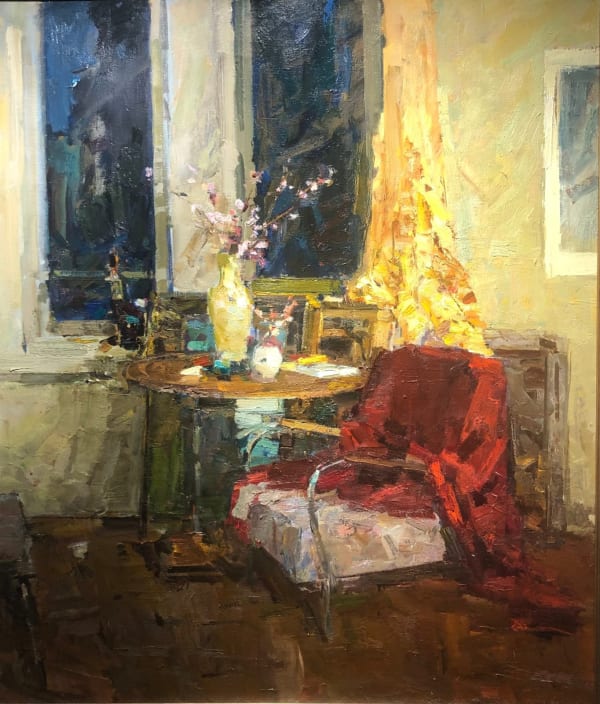-

Hamilton Aguiar
-

Alvar
-

Randy Anderson
-

Anton Arkhipov
-

J. Chester Armstrong
-

Doug Behm
-

Earl Biss
-

Britten
-

Greg Creason
-

Dali
-

Carrie Fell
-

Estella Fransbergen
-

Paul Guy Gantner
-

Laran Ghiglieri
-

Lorenzo Ghiglieri
-

Antal Goldfinger
-

Robert Hagan
-

Frederick Hart
-

James Jensen
-

Tim Lotton
-

Jeff McKay
-

Vladimir Pentjukh
-

Pino
-

5 Generations of Camille Pissarro
-

David Riley
-

Anke Schofield
-

Alex Shabadei
-

Dennis Sheehan
-

Gib Singleton
-

Sam Terakedis
-

Stokely Webster
-

Bob Wilfong
-

David Yarrow
-

Fedor Zakharov
